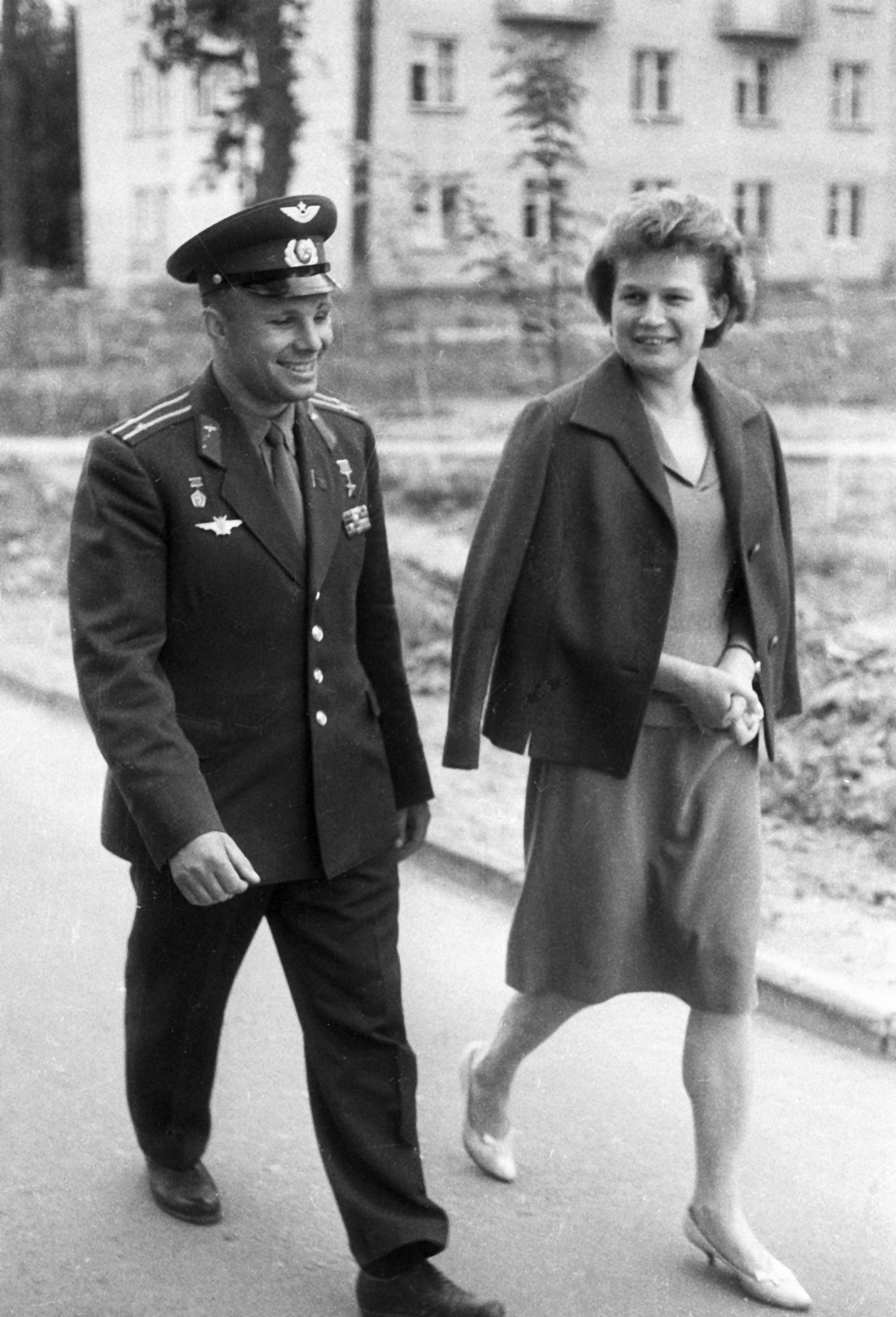On this day (16 June) in 1963, the spacecraft Vostok-6 thundered off into space, joining Vostok-5 in orbit. Shortly afterwards, the commander of Vostok-6 could be heard excitedly calling out over the radio:
“Ya Chaika, Ya Chaika [I am Seagull]! I see the horizon […] This is the Earth; how beautiful it is. Everything goes well.”
26-year-old Valentina Tereshkova from the Soviet Union had just made history by becoming the first woman in space.
Tereshkova became an instant celebrity as images of her on board Vostok-6 were transmitted to Earth. In fact, due to the mission being shrouded in secrecy, Tereshkova’s own mother only found out about her daughter going to space when seeing the television broadcast.

Returning to Earth after 2 days, 22 hours and 50 minutes in orbit, Tereshkova was feted as a heroine. Her spacecraft, kept for posterity, will be displayed in the exhibition Cosmonauts: Birth of the Space Age which opens at the Science Museum in November 2014.
The mission was not a flawless success but this was hushed up by Soviet leaders who recognised her propaganda value. Joining a small group of flown cosmonauts, Tereshkova soon travelled the world as a cultural ambassador and political spokeswoman.
Within the Soviet Union the cosmonauts were idealised as heroes of a new era that the population should seek to emulate, while abroad they became the public face of the regime. Consequently their schedules were gruelling, and their image and behaviour carefully controlled; private lives ceased to be private.

Like the first man in space, Yuri Gagarin, Tereshkova wanted to fly again but was considered too important as a propaganda tool. Gagarin and Tereshkova’s value partly lay in qualities identified already at their initial selection; both came from modest backgrounds, were diligent students, model workers, politically loyal and personable. They were now celebrated as the communist dream come true.
Tereshkova’s public image differed from Gagarin’s however and was strictly gendered. While Gagarin was portrayed as a military hero in uniform, Tereshkova was shown with immaculate hair and make-up, wearing feminine dresses and high heels. In this way she came to embody the civilian, peaceful aspect of space travel.
In the early 1960s Soviet women were also encouraged to combine good work ethics and political commitment with femininity and a sense of style. Official accounts of Tereshkova consequently tried to reconcile her aptitude for science and technology with being feminine and chic. To quote R.P. Sylvester, “[…] drab was out and Dior was most definitely in”.

While Tereshkova’s accomplishment was held by many as living proof of gender equality under Communism, it soon became apparent that there was a lack of real commitment to continued female participation on the Soviet space program. Not until 1982 would another woman make it into orbit.
Over 50 years after her own space flight, Valentina Tereshkova describes it as the most bright and wonderful experience of her life, and maintains that given the opportunity she would fly into space again.
Ulrika Danielsson, Content Coordinator for the Cosmonauts exhibition, reflects on the first woman to travel into space. Discover the dramatic history of the Russian space programme in our new exhibition, Cosmonauts: Birth of the Space Age, opening soon.
One comment on “The First Woman In Space”
Comments are closed.
Thank you, Ms Danielsson. Interesting and insightful blog, conveyed facts in easy and digestible manner; humorously written. More blog entries like this one please.